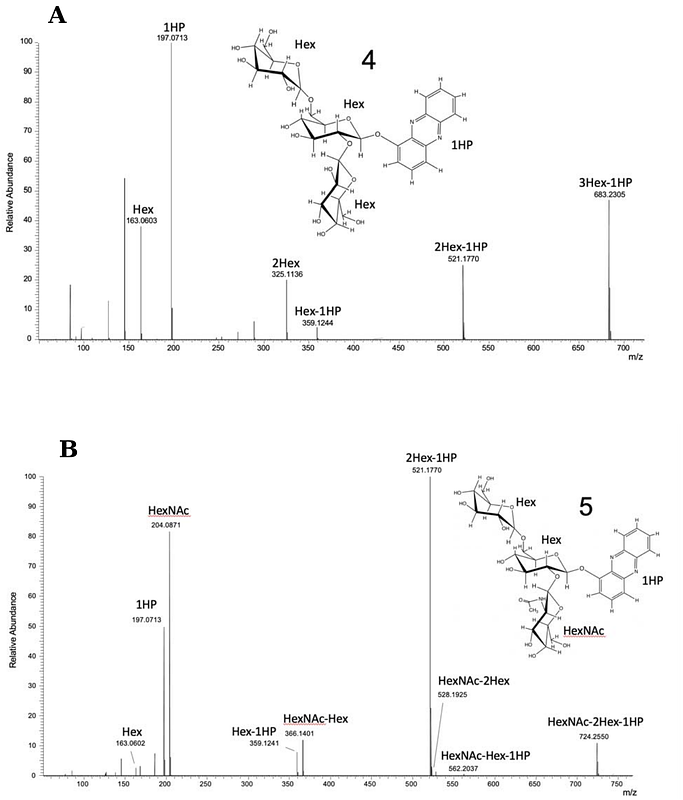Role of ugt genes in detoxification and glycosylation of 1-hydroxy phenazine (1-HP) in Caenorhabditis elegans

Role of ugt genes in detoxification and glycosylation of 1-hydroxy phenazine (1-HP) in Caenorhabditis elegans
Asif, M. Z.; Nocilla, K. A.; Ngo, L. T.; Shah, M. K.; Smadi, Y.; Hafeez, Z. A.; Parnes, M.; Manson, A.; Glushka, J.; Leach, F. E.; Edison, A. S.
AbstractCaenorhabditis elegans is an ideal model organism to study the xenobiotic detoxification pathways of various natural and synthetic toxins. One toxin shown to cause death in C. elegans is 1-hydroxyphenazine (1-HP), a molecule produced by the bacterium Pseudomonas aeruginosa. We previously showed that the median lethal dose (LD50) for 1-HP in C elegans is 179 uM in PD1074 and between 150-200 uM in N2 (C. elegans lab strain). We also showed that C. elegans detoxifies 1-HP by glycosylation by adding one, two, or three glucose molecules in N2 worms. This study tested whether UDP-glycosyltransferase (ugt) genes play a role in 1-HP detoxification. We show that ugt-23 and ugt-49 knockout mutants are more sensitive to 1-HP. Our data also show that ugt-23 knockout mutants produce reduced amounts of the trisaccharide sugars, while the ugt-49 knockout mutants produce reduced amounts of all 1-HP derivatives except for the glucopyranosyl product. We have also characterized the structure of the trisaccharide sugar phenazine structures made by C. elegans and show that one of the sugar modifications contains an N-acetylglucosamine (GlcNAc) in place of glucose. This implies broad specificity regarding UGT function and the role of genes other than ogt-1 in adding GlcNAc, at least in small-molecule detoxification.